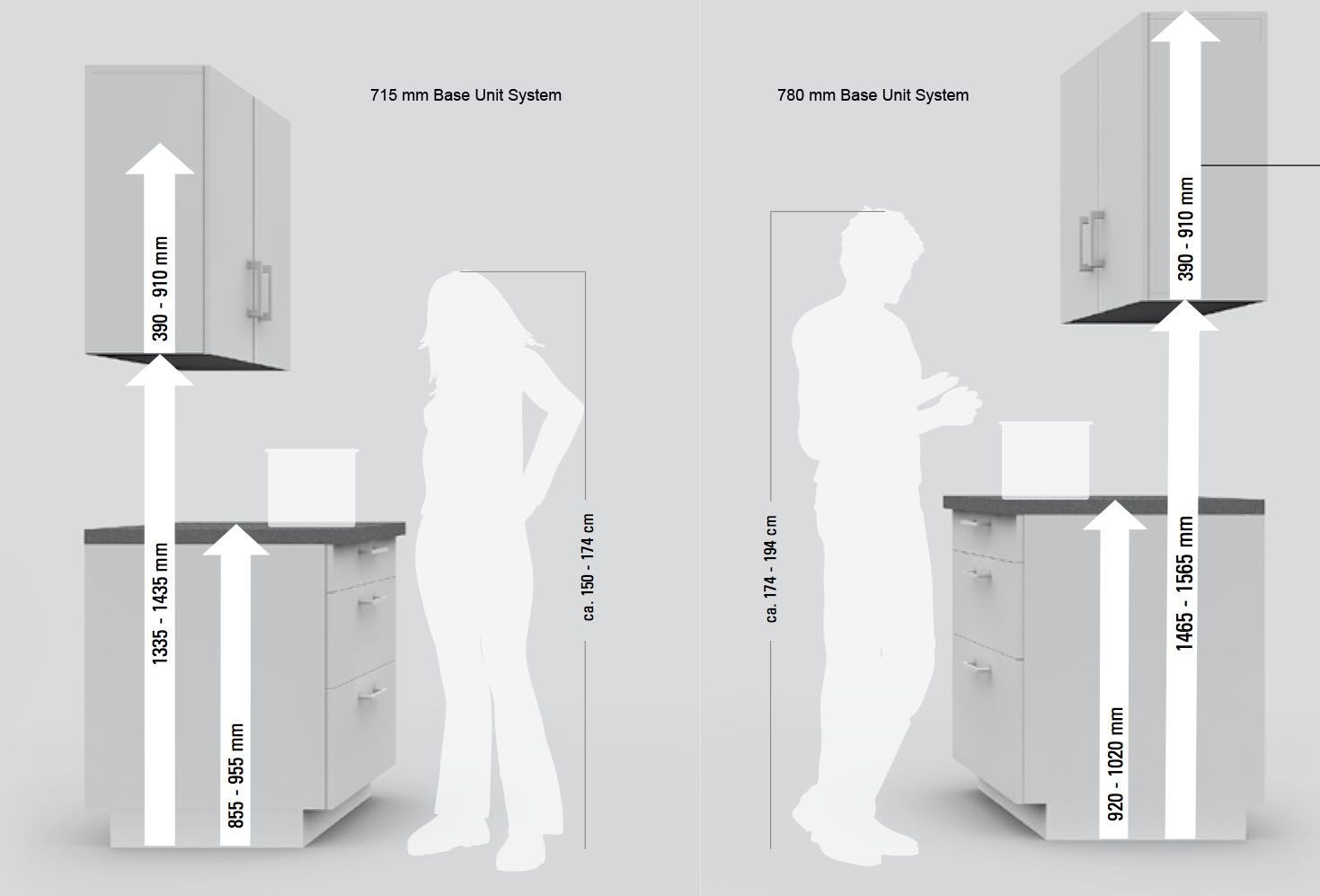Standard Bathroom Cabinet Heights: Average Height Of Bathroom Cabinets

Choosing the right bathroom cabinet height is crucial for functionality and aesthetics. You want cabinets that are easy to reach, provide ample storage space, and complement the overall design of your bathroom.
Typical Bathroom Cabinet Heights
The standard height for bathroom cabinets varies depending on the type of cabinet and the manufacturer. However, there are some general guidelines that can help you choose the right height for your bathroom.
- Upper Cabinets: Upper cabinets are typically installed between 54 and 60 inches from the floor. This height allows for easy access to items stored on the upper shelves.
- Lower Cabinets: Lower cabinets are typically installed between 30 and 36 inches from the floor. This height is ideal for storing larger items like towels, toiletries, and cleaning supplies.
Common Height Variations
While the standard heights mentioned above are common, some manufacturers offer variations based on style or functionality. For instance, some cabinets are designed with taller or shorter shelves to accommodate specific items.
- Vanity Cabinets: Vanity cabinets are typically installed between 30 and 36 inches from the floor. This height provides ample space for storing toiletries and other essentials.
- Medicine Cabinets: Medicine cabinets are typically installed between 60 and 72 inches from the floor. This height allows for easy access to medications and other first-aid supplies.
- Wall-Mounted Cabinets: Wall-mounted cabinets can be installed at a variety of heights, depending on the design and your personal preference.
Industry Standards and Guidelines
There are no strict industry standards for bathroom cabinet heights. However, some guidelines are commonly followed by designers and manufacturers.
- Accessibility Guidelines: For bathrooms that need to be accessible to people with disabilities, the Americans with Disabilities Act (ADA) provides guidelines for cabinet heights. According to ADA guidelines, upper cabinets should be installed no higher than 54 inches from the floor, and lower cabinets should be installed no lower than 15 inches from the floor.
- Ergonomics: Designers often consider ergonomics when choosing cabinet heights. For example, they might recommend installing upper cabinets at a height that allows for easy access to items without stretching or straining.
Bathroom Cabinet Heights and Applications, Average height of bathroom cabinets
The following table shows different cabinet heights and their corresponding applications in a bathroom:
| Cabinet Type | Height (inches) | Applications |
|---|---|---|
| Upper Cabinet | 54-60 | Storing towels, linens, toiletries, and other bathroom essentials |
| Lower Cabinet | 30-36 | Storing larger items like towels, cleaning supplies, and bathroom accessories |
| Vanity Cabinet | 30-36 | Storing toiletries, makeup, and other personal items |
| Medicine Cabinet | 60-72 | Storing medications, first-aid supplies, and other essential items |
| Wall-Mounted Cabinet | Variable | Storing towels, toiletries, and other bathroom essentials |
Choosing the Right Bathroom Cabinet Height

Choosing the right bathroom cabinet height is crucial for both functionality and aesthetics. A well-placed cabinet enhances usability, minimizes strain, and complements your bathroom’s overall design.
Determining the Ideal Cabinet Height
The optimal cabinet height varies depending on the individual’s height and the specific purpose of the cabinet. Consider these factors when selecting a cabinet:
- User Height: The most important factor is the height of the primary user. Ideally, the cabinet should be positioned at a comfortable reach for the user. For most adults, a height of 34-36 inches (86-91 cm) is generally recommended.
- Cabinet Purpose: The intended use of the cabinet influences its optimal height. For example, a medicine cabinet is best positioned at eye level, while a linen cabinet may be lower for easier access.
- Countertop Height: If the cabinet is intended to be mounted above a countertop, ensure the cabinet height aligns with the countertop’s height.
Adjusting Cabinet Height for Different Scenarios
Here are some examples of how to adjust cabinet height based on specific scenarios:
- Smaller Bathrooms: In smaller bathrooms, consider using shallower cabinets to maximize floor space. This allows for more storage while maintaining a comfortable height.
- Tall Individuals: For taller individuals, consider raising the cabinet height to ensure it’s within comfortable reach.
- Limited Mobility: If you have limited mobility, opt for lower cabinets with easy-to-open doors and pull-out drawers.
Ergonomic Considerations
Ergonomics plays a vital role in bathroom cabinet selection. Consider these factors:
- Reach: The cabinet should be positioned within easy reach to avoid unnecessary stretching or bending.
- Weight Distribution: Avoid placing heavy items on top of the cabinet, as this can create a safety hazard.
- Accessibility: Ensure the cabinet is accessible for all users, including those with mobility limitations.
Measuring Your Bathroom Space
To determine the optimal cabinet height, measure the existing bathroom space:
- Wall Height: Measure the wall height from the floor to the ceiling.
- Countertop Height: If you have a countertop, measure its height from the floor.
- Available Space: Measure the available space for the cabinet, considering any obstructions like pipes or windows.
